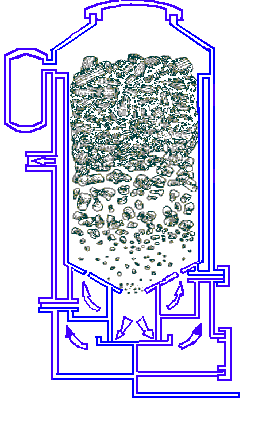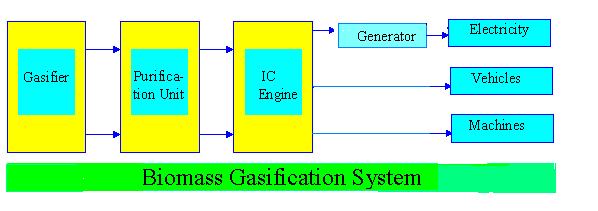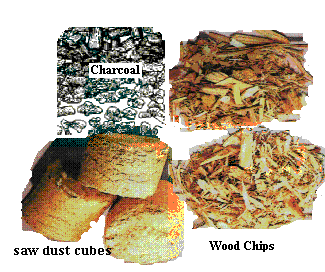 Gasification is a century old technology, which flourished quite well before and during the second world war. The technology disappeared soon after the second world war, when liquid fuel became easily available. The interests in the gasification technology has undergone many ups and downs in running century. Today, because of increased fuel prices and environmental concern, there is renewed interest in this century old technlogy. Gasification has become more modern and quite sophisticated technology.
Gasification is a century old technology, which flourished quite well before and during the second world war. The technology disappeared soon after the second world war, when liquid fuel became easily available. The interests in the gasification technology has undergone many ups and downs in running century. Today, because of increased fuel prices and environmental concern, there is renewed interest in this century old technlogy. Gasification has become more modern and quite sophisticated technology.
 The advantage of this technlogy is decentralized energy conversion system which operates economically even for small scale .A gas producer is a simple device consisting of usually cylindrical container with space for fuel, air inlet, gas exit and grate. It can be made of fire bricks, steel or concrete and oil barrels. The design of gasifier depends upon type of fuel used and whether gasifier is portable or stationary. Gasifier alone itself is of little use.The complete gasification system consists of gasification unit (gasifier), purification unit and energy converter - burners or internal combustion engine.
The advantage of this technlogy is decentralized energy conversion system which operates economically even for small scale .A gas producer is a simple device consisting of usually cylindrical container with space for fuel, air inlet, gas exit and grate. It can be made of fire bricks, steel or concrete and oil barrels. The design of gasifier depends upon type of fuel used and whether gasifier is portable or stationary. Gasifier alone itself is of little use.The complete gasification system consists of gasification unit (gasifier), purification unit and energy converter - burners or internal combustion engine.
 Based on the design of gasifiers and type of fuels used, there exists different kinds of gasifiers. Portable gasifiers are mostly used for running vehicles.
Stationary gasifiers combined with engines are widely used in rural areas of developing countries for many purpose including generation of electricity and running irrigation pumps. Technologies such biomass gasification which allow utilization of biomass fuel are of great importance.
Based on the design of gasifiers and type of fuels used, there exists different kinds of gasifiers. Portable gasifiers are mostly used for running vehicles.
Stationary gasifiers combined with engines are widely used in rural areas of developing countries for many purpose including generation of electricity and running irrigation pumps. Technologies such biomass gasification which allow utilization of biomass fuel are of great importance. 
Theoretically, almost all kinds of biomass with moisture content of 5-30% can be gasified, however, not every biomass fuel can lead to the successful gasification. Most of the development work is carried out with common fuels such as coal, charcoal and wood. It was recognized that fuel properties such as surface, size, shape as well as moisture content, volatile matter and carbon conent influence gasification.
The key to a successful design of gasifier is to understand the properties and thermal behvaiour of the fuel as fed to the gasifier. Operation of gasification system demands knowledgeable and skilled operator. Those interested in this technology must remember that it requires hard work and tolerence. Compared to conventional system such as liquid fuel run engines, biomass gasification technology is incovenient. But it is economical at many places and may lead to self-reliance in the crucial time of fuel crisis.
To retun to main page click here